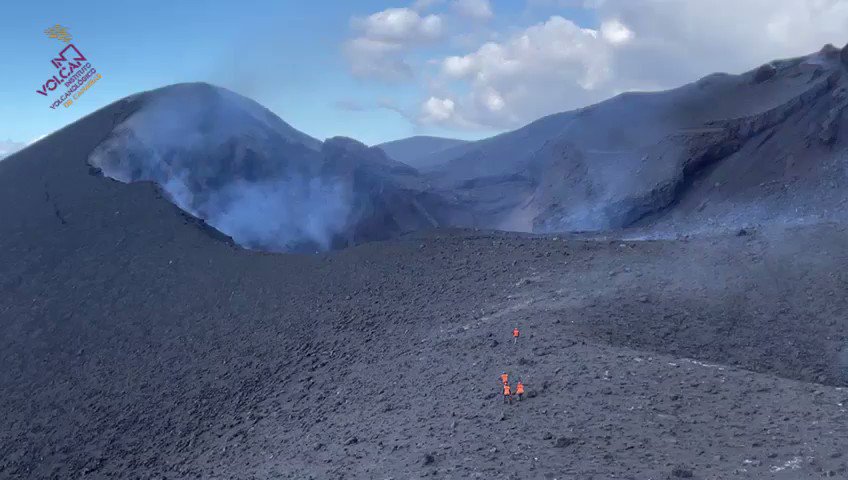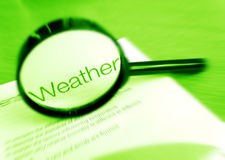Two earthquakes with a magnitude of 2.2 on the Richter scale were recorded today in the municipality of Velas, in São Jorge, in the Azores, revealed the Centre for Seismovolcanic Information and Surveillance of the Azores (CIVISA).
In a statement, CIVISA states that the first event took place at 15:13 local time, with the epicentre about one kilometre from the parish of Santo Amaro.
The earthquake had a magnitude of 2.2 and, “according to the information available so far”, was felt with a maximum intensity of III/IV (Modified Mercalli Scale).
The second earthquake occurred at 15:38, with a magnitude of 2.2 on the Richter scale, and was felt with maximum intensity III on the Mercali scale, at Urzelina. The epicentre was recorded about three kilometers from the parish of Velas.
The Civil Protection of the Azores announced today that it is preparing preventive measures that can be adopted in a possible scenario of an earthquake of greater magnitude or a possible eruption in São Jorge, resulting from the seismovolcanic crisis.
According to the Civil Protection, the measures are being designed in conjunction with the municipalities and agents with responsibility in the area of aid to the populations.
In addition, a Civil Protection technician is already on the island of São Jorge to meet with the municipalities and provide support and the sending of support equipment is being operationalised to strengthen the island’s response capacity in case of an emergency.
Today, in statements to the Lusa agency, the President of CIVISA, Rui Marques, said that seismic activity in São Jorge continues “far above” reference values.
“We continue with a seismicity that is clearly well above what is normal for this volcanic fissure system. Since Saturday, approximately 1,800 events have been recorded. All earthquakes recorded in the CIVISA network are of tectonic origin.”
However, the Regional Secretary for Health of the Azores, Clélio Meneses, categorically stated at a press conference today in Angra do Heroísmo, that “there is no sign or evidence of volcanic activity, either by satellite or by sensors. All seismic occurrences are tectonic in origin. However, due to the history, and the successive location of the epicentres, this situation may occur.”
Since Saturday afternoon, more than 1,800 earthquakes have been recorded on the island of São Jorge, 104 of which were felt by the population, with 22 earthquakes being felt today alone.
According to the Regional Secretary of Health, seismic activity is at a depth between six and twelve kilometres, which “does not indicate any imminent risk of volcanic activity,” but the situation could change. “It’s a sign, experts say, that it’s not too close to the surface, which isn’t exactly conducive to a volcanic eruption. However, all this is being monitored rigorously, so that we can ensure the safety of people.”
Clélio Meneses stressed that the official entities are not “hiding anything” from the population and that they are following the evolution of the situation “by the minute,” and prepared to make decisions in the event of a “major emergency.” And went on to say:
“If you begin to notice that these seismic events are rising to the surface, it is a sign of concern!” He then went on to say that the seismic crisis is being monitored “in permanent analysis” by several entities, with the technical knowledge of the Centre for Seismovolcanic Information and Surveillance of the Azores (CIVISA), and the Portuguese Institute of Atmosphere and Sea ( IPMA).
Any situation that needs to be communicated, we will communicate. Often ignorance feeds fear and that’s what we don’t want. We’re simply letting people know what is going on.” He then advised people to pay attention to any emergency plans and restrictions, but not to fear something that wasn’t happening!
However, Clélio Meneses, has advised against travel to the island of São Jorge, which could be postponed, giving as an example sporting or cultural activities.
According to the Richter scale, earthquakes are classified according to their magnitude as micro (less than 2.0), very small (2.0-2.9), small (3.0-3.9), slight (4.0-4.9), moderate (5.0-5.9), strong (6.0-6.9), large (7.0-7.9), important (8.0-8 .9), exceptional (9.0-9.9) and extreme (when greater than 10).
The modified Mercalli scale, according to the IPMA website, is divided into twelve categories: I – imperceptible, II – very weak, III – weak, IV – moderate, V – strong, VI – quite strong, VII – very strong, VIII – ruinous, IX – disastrous, X – destructive, XI – catastrophic, XII – almost total damage.
Samantha Gannon
info at madeira-weekly.com


